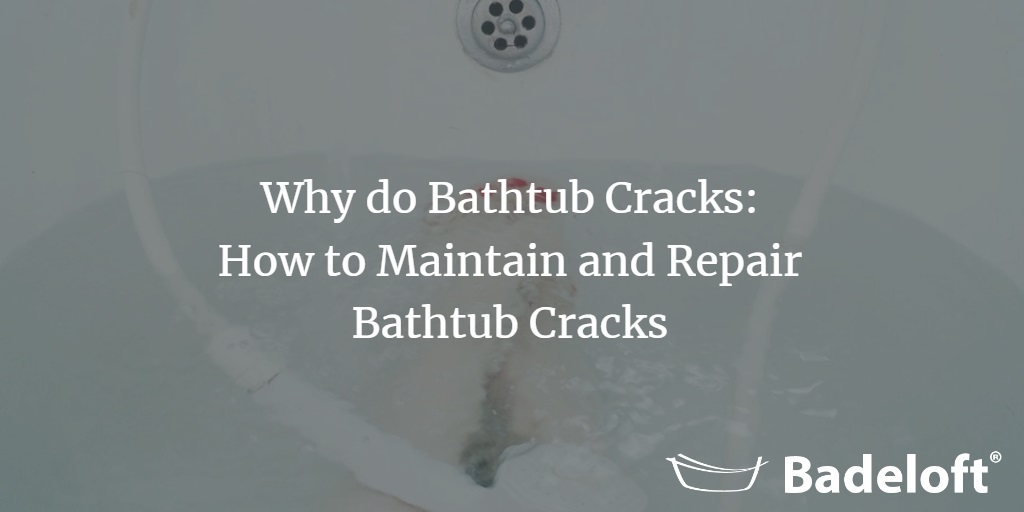
Why Do Bathtubs Crack?: How to Maintain and Repair Bathtub Cracks
Your bathroom is a place of peace and solitude, then one day, as you ready yourself for a relaxing bath,
A porcelain bathtub is a bathtub that is constructed from a base of iron, steel, glass or tile. This bathtub is then coated with a layer of porcelain enamel before temperature fired to protect the integrity of the enamel coating. The result is a bathtub that is very durable and easy to clean, with the finish having some resistance to common chemicals. The downside to porcelain bathtubs is that they tend to be heavier than fiberglass and acrylic bathtubs with their surfaces prone to rust or stress under heavy impacts.
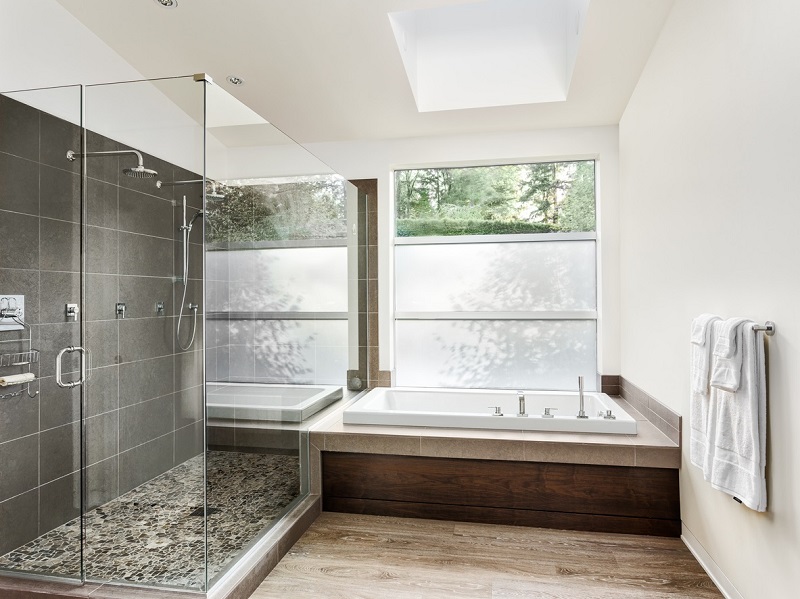
Since porcelain bathtubs require an initial base, this tends to limit the number of shapes and sizes that are available compared to other materials on the market such as acrylic or fiberglass. That being said, porcelain bathtubs are available in all standard sizes such as Drop in, Freestanding, Alcove and Corner sizes.
Although porcelain is usually quite distinct on it’s own, it is often confused with a few materials on the market, namely Enamel and Acrylic. Enamel is quite understandable as Porcelain itself is an enamel coating, so the two have similar appearances. The primary difference is that Enamel covers steel or iron bathtub, meaning that the bathtub is magnetic while porcelain is not.
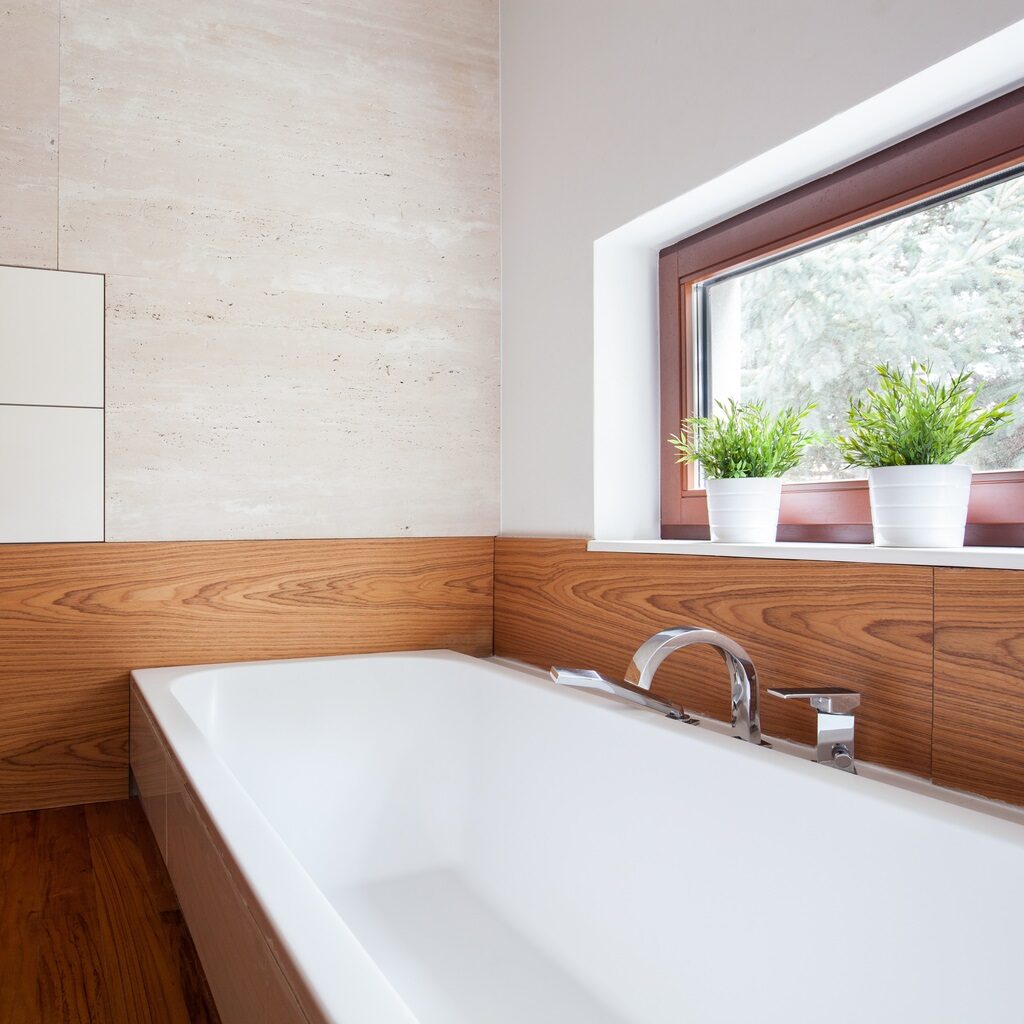
Acrylic is similar as both porcelain bathtubs and acrylic bathtubs have a similar white gloss, but as stated previously, porcelain is constructed of a porcelain coating whereas acrylic is formed by vacuum acrylic sheets reinforced with fiberglass. So, while these three bathtubs may appear the same, their material requires a different degree of care.
Both Porcelain bathtubs and enamel bathtubs are coated with a layer of enamel. Both of these bathtubs tend to have a glossy white appearance and they tend to have similar weights, so it is actually quite difficult to tell the two apart initially. The easiest way to tell is to test a magnet on your bathtub. If it attracts, you most likely have an enamel bathtub as enamel bathtubs cover steel and iron bathtubs whereas porcelain covers a larger range of materials.
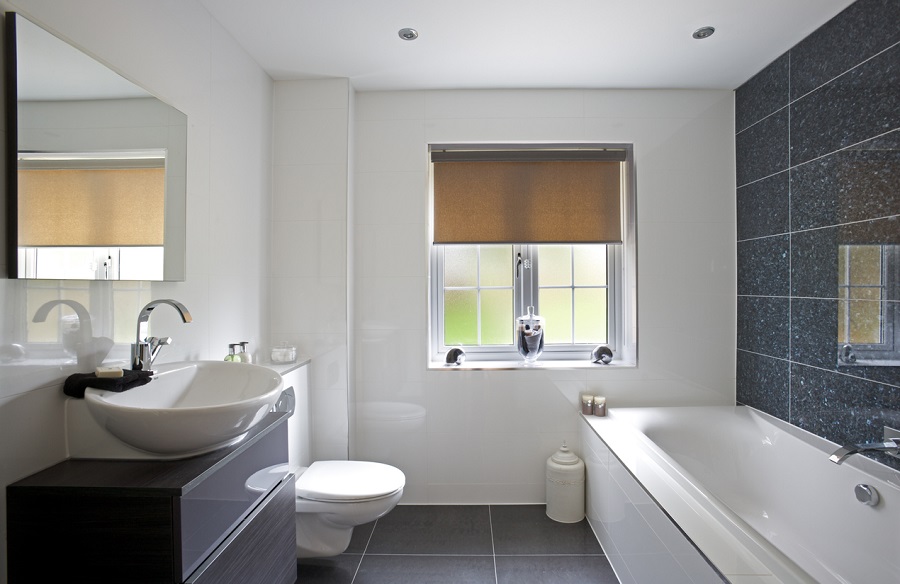
Although similar in appearance, porcelain and acrylic are two different materials and as such, have different positives and negatives when compared to each other. First is heat retention, with acrylic materials able to retain heat much better than porcelain. Porcelain bathtubs counteract this with some models being foam insulated, but acrylic bathtubs still retain heat better.
Next is durability, with porcelain being a much more durable bathtub that has a higher resistance to scratching. That being said, porcelain is a harder material, making it more vulnerable to hard impacts whereas acrylic tends to be softer, making it weaker overall, but easier to clean and polish the finish. Finally, with maintenance, acrylic tends to be easier as the material is softer, allowing it to withstand punishments from chemicals, although nonabrasive cleaners are recommended for both overall.
Not including installation, the average cost of a porcelain bathtub can run from $350-2,000. For a small sized bathtub, you are looking at price range between $350-700. For a medium or average sized bathtub, the price jumps to $700-1,200 depending on the features and available style of the tub. Finally, the largest bathtubs will fluctuate from $1300-2000, but usually won’t be that much higher than that as porcelain tends to be a more affordable bathtub material.
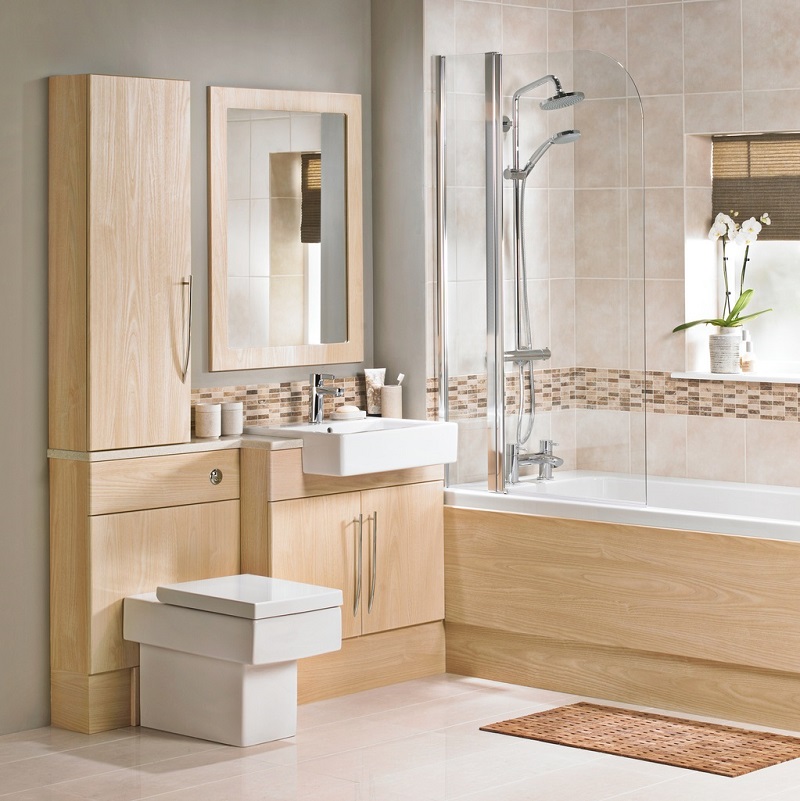
Small porcelain bathtubs or those measuring around 45-55 inches long will tend to have a water capacity of 32 gallons and weigh about 250 pounds. Medium sized bathtubs, or those around 60 inches long will weigh around 320 pounds. Finally, large sized bathtubs or freestanding porcelain bathtubs will weigh anywhere between 370 pounds and 500 pounds.
In general, bathtub maintenance is similar regardless of the material: use non-abrasive cleaners, ensure it is dry after deep cleaning, avoid heavy impacts, and ensure you wash your tub on a regular basis. Here is what you will need to take care of your porcelain tub properly and ensure a deep clean:
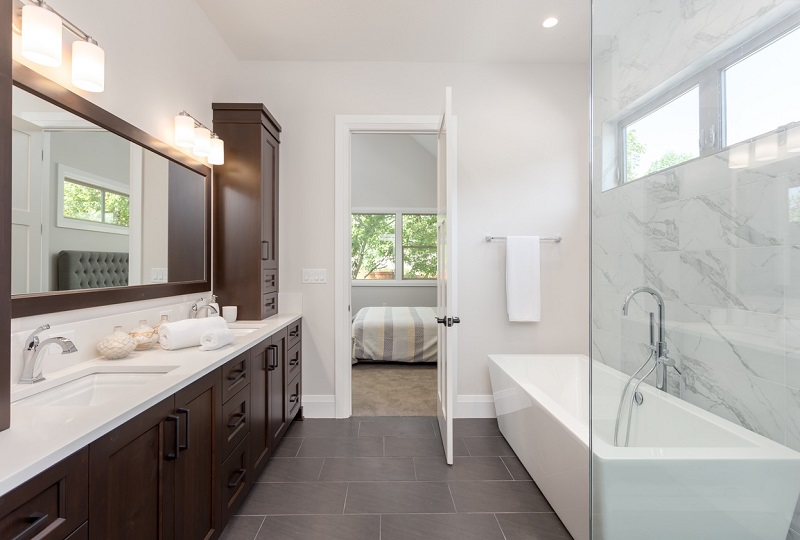
For most stains, warm water and either a soap solution or baking soda will do the trick. Avoid abrasive cleaners as they can damage the finish on your bathtub. Also, avoid using a steel wool to clean for the exact reason. For tougher stains, hydrogen peroxide and lemon juice should solve your problems.
How to Deep-Clean the Tub
Fill a bucket with warm water and add ammonia and baking soda to the liquid. Soak a cloth or sponge in the mixture and scrub the tub, focusing on stained areas. Scrub and repeat until the tub is clean, then rinse it well with warm water and use a rag to wipe the tub dry. Always ensure that your bathtub is dry after a deep clean.
For tough stains, cover with salt and lemon juice. Baking soda and hydrogen peroxide are also good choices. If the stain still persists, leave for an hour and try again. Avoid abrasive cleaners as they can damage the finish on your bathtub. Also, avoid using a steel wool to clean for the exact reason. For tougher stains, hydrogen peroxide and lemon juice should solve your problems.
Materials to Avoid
When it comes to porcelain enamel, abrasive cleaners, and materials can ding or chip the surface, making it even worse through the cleaning process. To avoid increased damage, here are a few materials to avoid:
For scratches, you will need a repair kit, usually sold at your local home improvement store. The repair kit will provide a solution, which will not provide an exact match to your porcelain, but is still close enough. You will need to clean and sand the area before applying the filler and solution to your bathtub. Follow the directions on the repair kit, allowing the glaze to dry completely before reapplying a new layer. The result will be a polished bathtub without any visible scratches.
Rust is a general byproduct of cleaning materials that have been used on your bathtub over the years. To properly remove them from your bathtub, you need to be mindful of which products you use on your bathtub and whether they may or may not produce harmful effects.
Generally, harsh cleaners are not recommended, instead use either lemon with warm water to remove rust stains or purchase a rust cleaner from your home improvement store. Make sure no cracks are visible and seal any openings before thoroughly cleaning the rust stains from your bathtub.
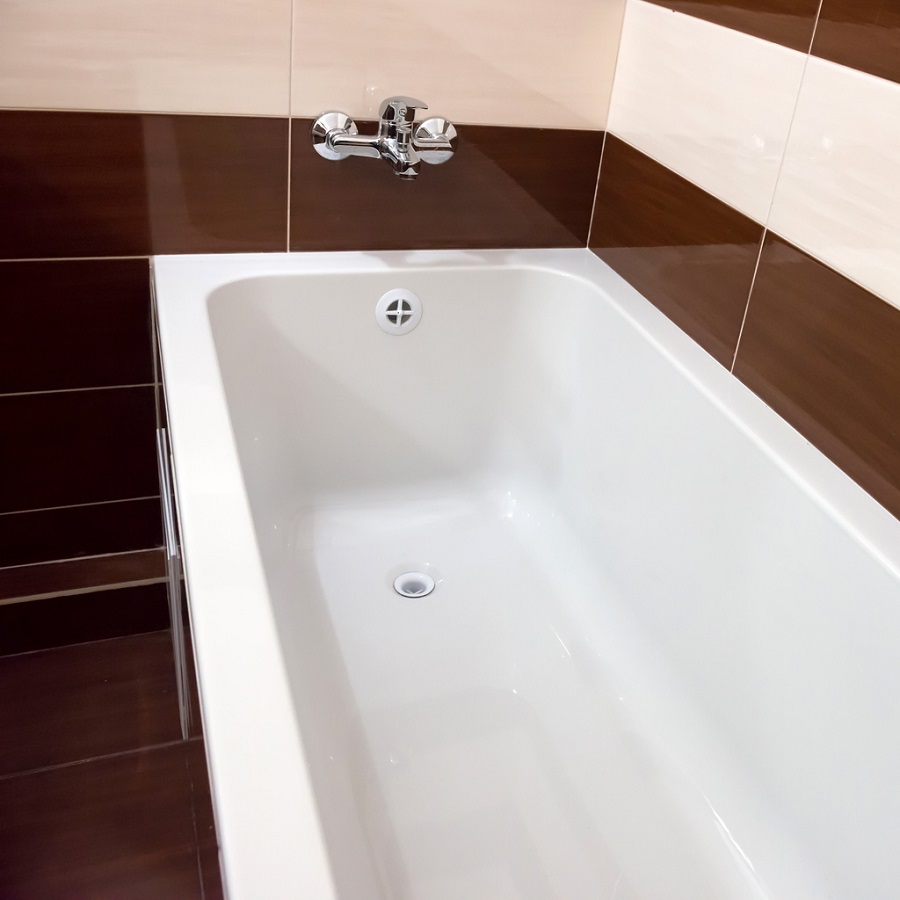
Porcelain bathtubs provide a bathtub that is a classic mainstay in any bathroom. They tend to be quite sturdy, able to deal with a heavy amount of use, without losing their shine. Porcelain bathtubs also are quite affordable as well, but that being said, they are not for everyone. They have poor heat retention compared to most other materials on the market, and their available colors and styles are fairly limited. So, if you are looking to purchase a porcelain bathtub, consider the flexibility of your bathroom space and if the style suits you before buying.
Porcelain will always remain a classic bathtub material, with its time tested durability and vintage white aesthetic, it will always remain a classic. And although it’s style and colors are somewhat limited, no one can deny the value this material brings to any bathroom.

Eric is the founder and president of Badeloft USA. He has been the president of Badeloft’s US division for over ten years and oversees all marketing and branding aspects of Badeloftusa.com.
His expertise lies in small business development, sales, and home and bathroom industry trends and information.
Contact us with any business related inquiries.
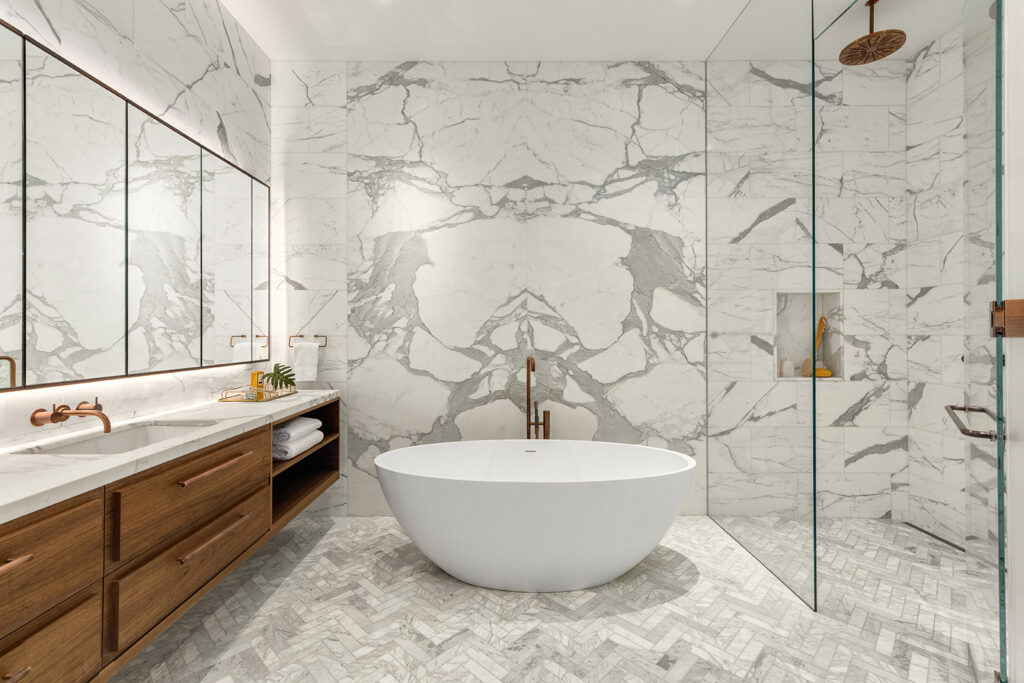
Free material samples and tub templates

Your bathroom is a place of peace and solitude, then one day, as you ready yourself for a relaxing bath,
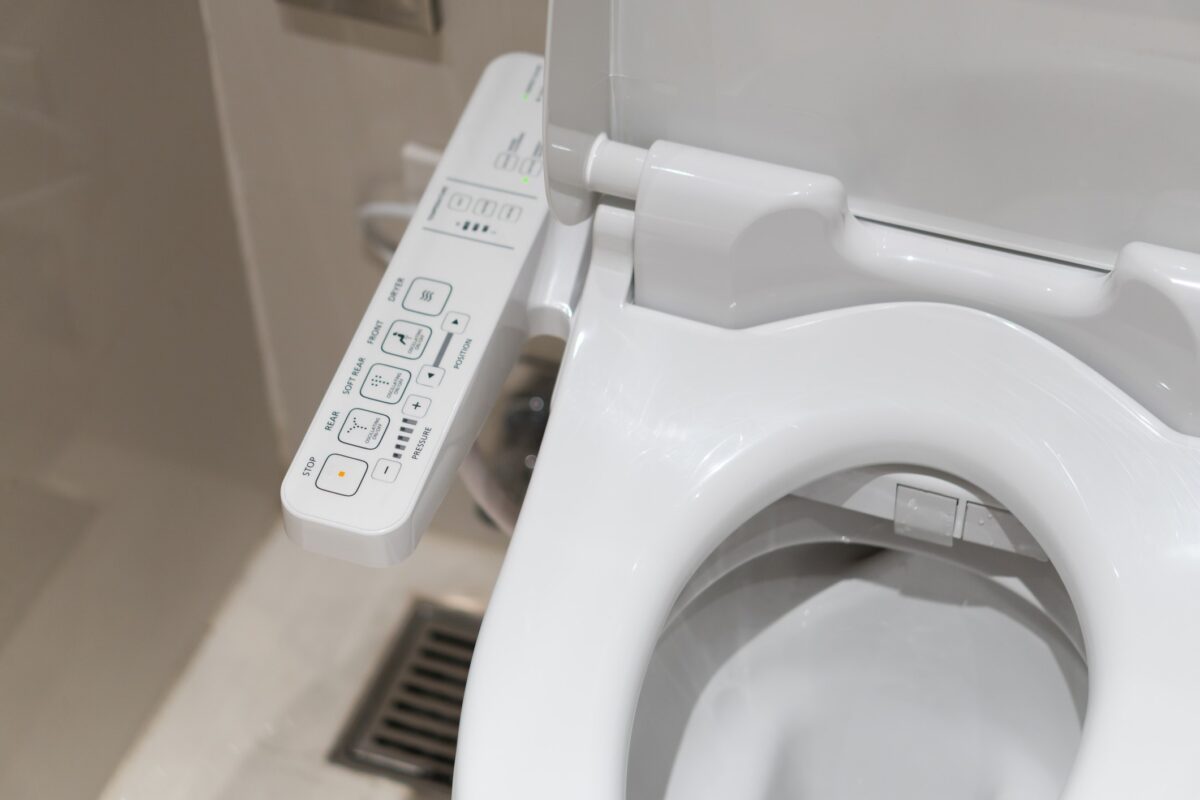
So now that you are ready to buy your smart toilet, where should you go? Do you go to an
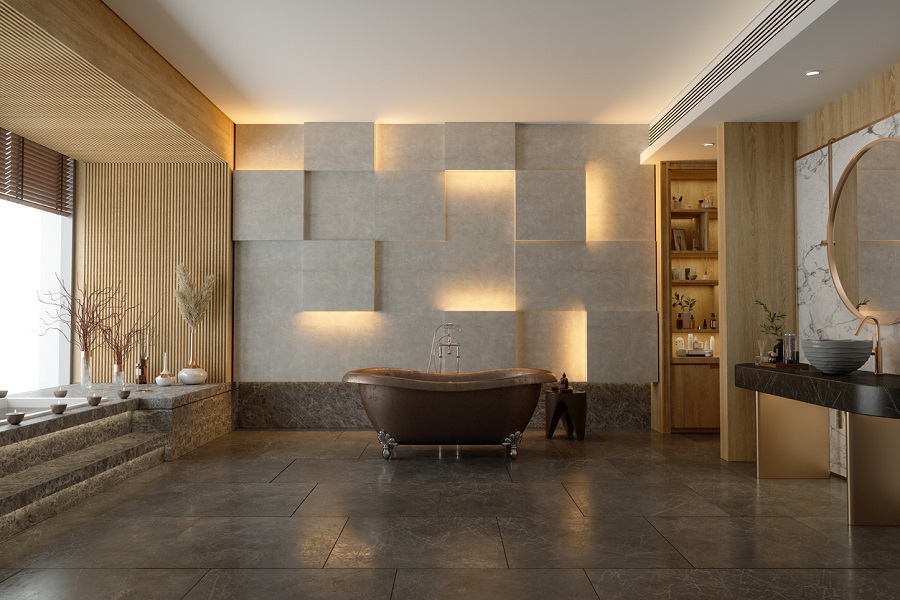
For the master or guest bathrooms, 75-100 watts is recommended. For small or medium-sized bathrooms like half-baths and powder rooms,
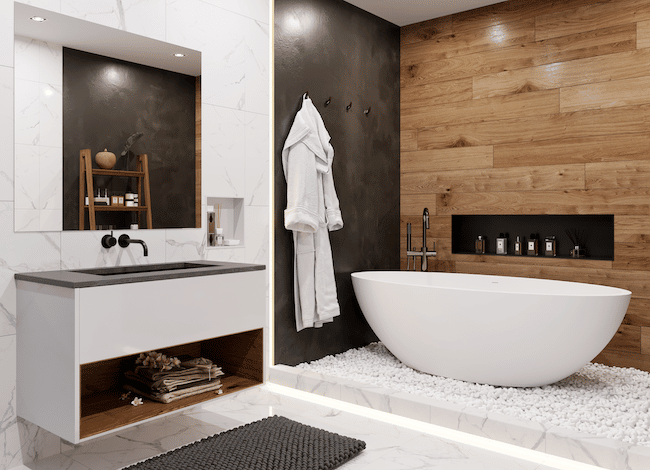
A common question in home improvement is what material to choose. There are quite a number of different materials on
Fill out the form below to request a free material sample
"*" indicates required fields
"*" indicates required fields
I have water stains in
My pot… tub . How do ai remove them help